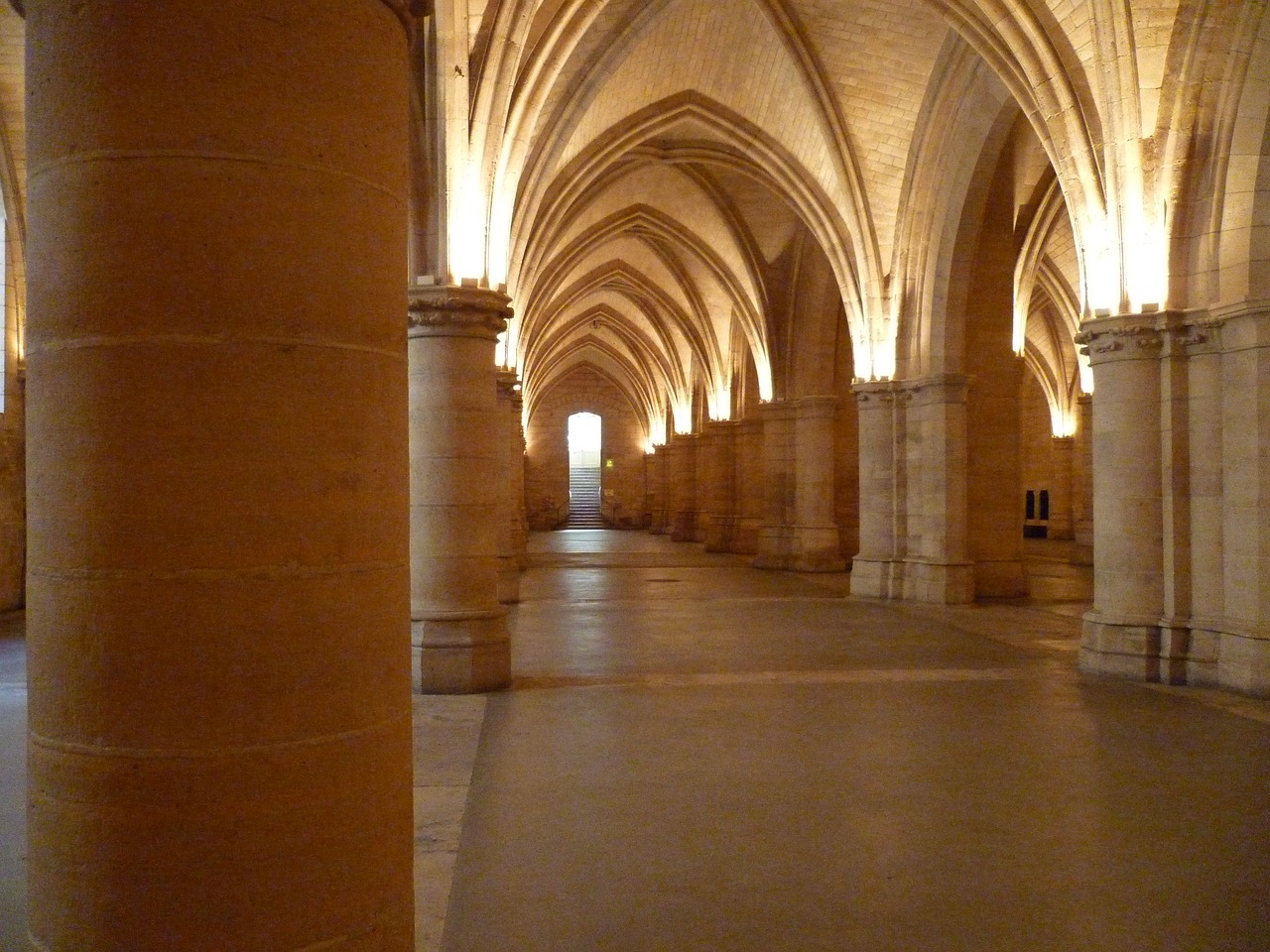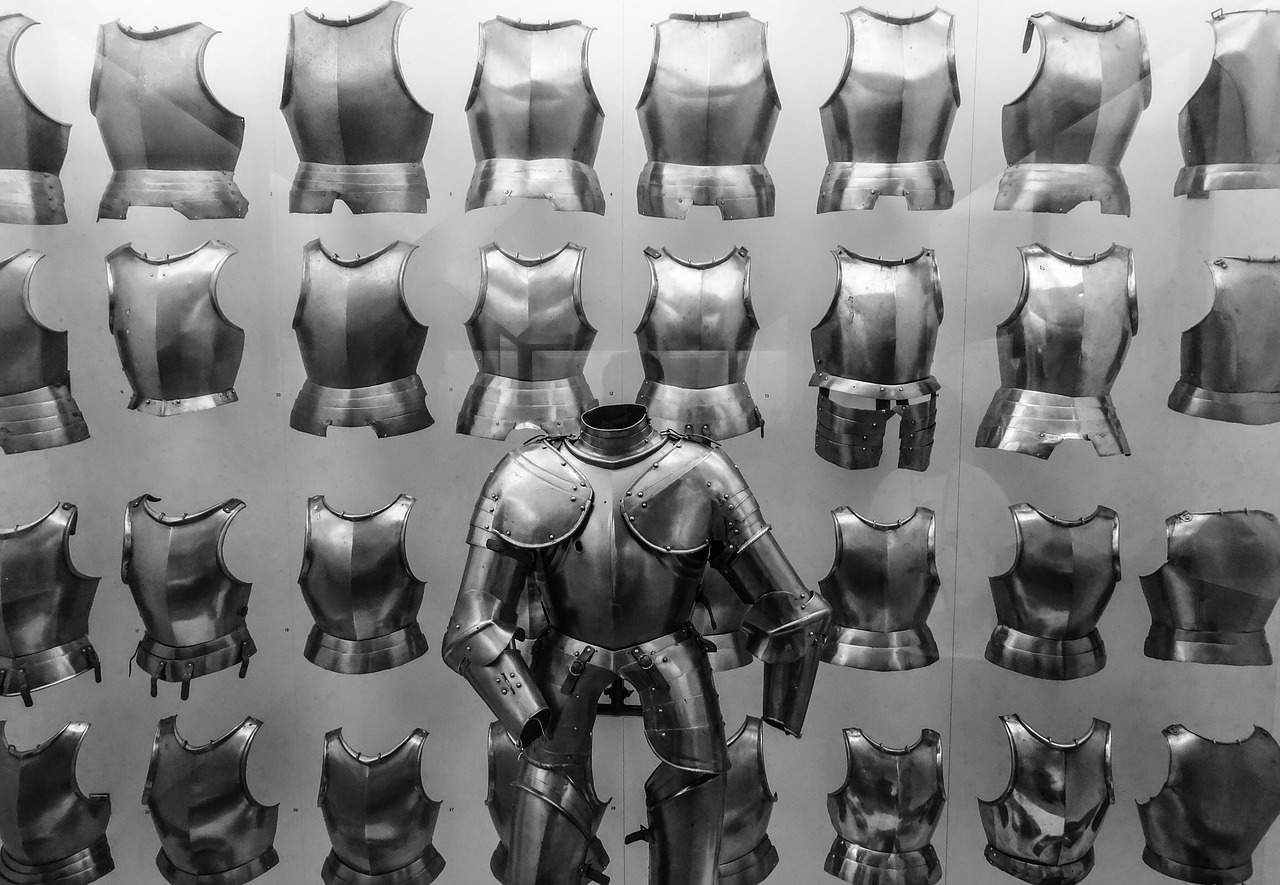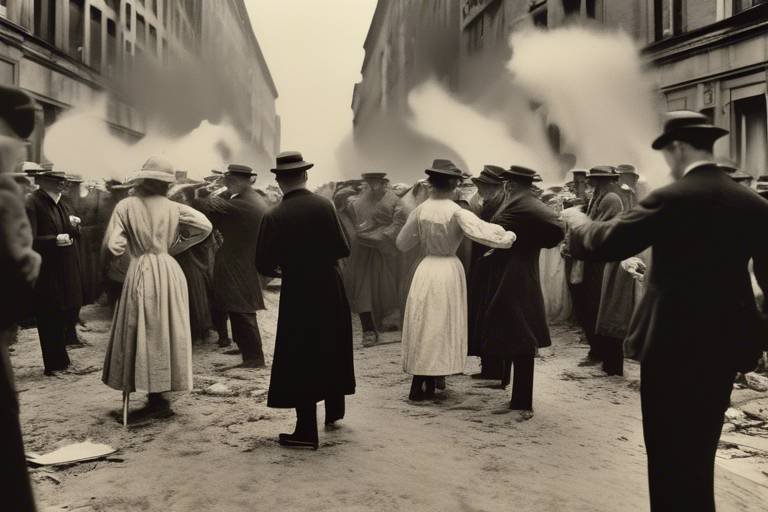The Role of Museums in Promoting Cultural Heritage Awareness
Museums play a crucial role in promoting cultural heritage awareness by serving as guardians of our collective past, present, and future. Through their diverse collections and engaging exhibitions, museums offer a window into the rich tapestry of human history and creativity. They act as storytellers, narrating tales of civilizations long gone and traditions that continue to shape our identities today.
One of the primary ways museums contribute to cultural heritage awareness is through the preservation of artifacts. These institutions act as custodians, safeguarding valuable objects and artworks from decay, destruction, or oblivion. By meticulously caring for these treasures, museums ensure that they remain accessible for generations to come, allowing us to connect with our roots and understand where we come from.
Moreover, museums serve as educational hubs, offering a plethora of programs and exhibitions that delve deep into the significance of cultural heritage. Visitors are not mere spectators but active participants in the learning process, engaging with interactive exhibits that bring history to life. By immersing themselves in these experiences, individuals gain a deeper appreciation for the complexities of their heritage and the stories woven into each artifact.
Community engagement lies at the heart of museum outreach efforts, as these institutions strive to involve the public in preserving and celebrating their cultural legacy. Through collaborations with local artists and cultural practitioners, museums bridge the gap between tradition and innovation, showcasing the dynamic evolution of heritage. By fostering a sense of ownership and pride in one's cultural identity, museums empower communities to cherish and protect their shared heritage.
Embracing technological advancements, museums have expanded their reach beyond physical boundaries, offering virtual tours and online exhibitions that transcend geographical limitations. These digital initiatives not only make cultural heritage more accessible to a global audience but also cater to modern preferences for interactive and immersive experiences. By harnessing the power of technology, museums continue to evolve and adapt to the changing landscape of cultural dissemination.
Lastly, museums play a pivotal role in advocating for the preservation of cultural heritage, championing the diversity of traditions, languages, and practices that define our collective humanity. Through their advocacy efforts, museums raise awareness about the importance of safeguarding our heritage for future generations, inspiring individuals to become stewards of their cultural legacy.

Preservation of Artifacts
When it comes to the preservation of artifacts, museums stand as guardians of our cultural heritage, ensuring that valuable pieces of history are not lost to the ravages of time. These institutions play a crucial role in safeguarding artifacts from deterioration, theft, and destruction, thereby preserving them for future generations to admire and learn from.
Through meticulous conservation efforts and expert curation, museums create a safe haven for artifacts, protecting them from environmental factors and human interference. By employing specialized techniques and technologies, such as climate-controlled storage facilities and restoration practices, museums extend the lifespan of these precious objects, allowing them to tell their stories for years to come.
Moreover, museums serve as educational platforms, offering insights into the historical, cultural, and artistic significance of artifacts. Visitors have the opportunity to engage with these tangible links to the past, gaining a deeper understanding of their own heritage and the diverse cultures that have shaped our world. By showcasing artifacts in curated exhibitions and guided tours, museums bring history to life and foster a sense of connection to our shared human experience.
Furthermore, the conservation efforts undertaken by museums contribute to the broader field of cultural heritage preservation. By collaborating with experts in archaeology, anthropology, and conservation science, museums advance research and best practices in artifact preservation, ensuring that valuable knowledge is passed down to future generations.
In essence, museums play a vital role in the preservation of artifacts, not only as physical objects but also as repositories of cultural memory and identity. Through their dedication to safeguarding our heritage, museums inspire awe, curiosity, and appreciation for the treasures of the past, enriching our collective understanding of who we are and where we come from.

Education and Interpretation
Exploring how museums contribute to raising awareness about cultural heritage, preserving artifacts, educating the public, and fostering a sense of pride and connection to one's heritage.
Museums play a vital role in preserving and protecting cultural artifacts, ensuring they are safeguarded for future generations and not lost to time or neglect.
When it comes to education and interpretation, museums act as invaluable institutions that offer visitors a window into the past, present, and future of cultural heritage. Through a variety of programs and exhibitions, museums aim to educate and enlighten individuals about the significance and beauty of diverse heritages.
One of the most effective ways museums engage visitors is through interactive exhibits. These hands-on experiences allow individuals to immerse themselves in the culture, history, and artistry of different communities. By touching, seeing, and participating, visitors can develop a deeper understanding and appreciation for cultural heritage.
Museums go beyond being mere repositories of artifacts; they are vibrant community spaces that actively engage with the public. Through events, workshops, and outreach programs, museums create opportunities for individuals to connect with their heritage, fostering a sense of belonging and pride.
By collaborating with local artists and cultural practitioners, museums bring a contemporary flair to traditional heritage. These collaborations bridge the gap between the past and the present, showcasing the evolution and resilience of cultural expressions over time.
Embracing the digital age, museums are incorporating technological innovations to make cultural heritage more accessible and engaging. Virtual tours, augmented reality experiences, and digital archives enable museums to reach a global audience and cater to diverse preferences.
Through online platforms, museums transcend physical boundaries, offering virtual exhibitions and digital collections that can be accessed anytime, anywhere. This digital presence not only increases accessibility but also ensures that cultural heritage remains alive and relevant in the digital era.
As advocates for cultural heritage preservation, museums play a crucial role in raising awareness about the importance of safeguarding traditions, languages, and practices. By championing diversity and inclusivity, museums strive to create a more culturally enriched and harmonious society.

Interactive Exhibits
Interactive exhibits in museums are like a magical portal that transports visitors into the heart of cultural heritage. These dynamic displays go beyond traditional artifacts behind glass cases, inviting guests to touch, feel, and immerse themselves in the history and traditions of different cultures. Imagine stepping into a replica of an ancient marketplace bustling with activity, where you can barter for goods, or trying your hand at traditional crafts under the guidance of skilled artisans. These hands-on experiences not only educate but also ignite a sense of curiosity and wonder, making learning about cultural heritage a thrilling adventure.

Community Engagement
Community engagement is a cornerstone of museums' efforts to promote cultural heritage awareness. Museums go beyond being mere repositories of artifacts; they actively involve the public in various initiatives that celebrate and preserve cultural heritage. Through hosting events, workshops, and outreach programs, museums create spaces for individuals to connect with their heritage in meaningful ways. By fostering a sense of belonging and pride in one's cultural identity, museums strengthen community ties and promote a shared appreciation for diverse traditions.

Collaborations with Local Artists
Collaborations with Local Artists are a cornerstone of museums' efforts to connect the past with the present, creating a dynamic cultural dialogue that resonates with contemporary audiences. By partnering with local artists and cultural practitioners, museums breathe new life into traditional heritage, infusing it with modern interpretations and fresh perspectives. These collaborations serve as a bridge between history and current artistic expressions, offering visitors a multifaceted experience that enriches their understanding of cultural heritage.

Technological Innovations
Technological innovations have revolutionized the way museums interact with their audiences and preserve cultural heritage. By embracing cutting-edge technologies, museums have transcended traditional boundaries, offering immersive experiences that captivate visitors of all ages. Virtual tours transport individuals to distant lands and ancient civilizations, allowing them to explore artifacts and artworks with unprecedented detail and interactivity. Augmented reality overlays digital information onto the physical world, bringing historical events to life before visitors' eyes. Digital archives provide a wealth of information at the fingertips of researchers and enthusiasts, ensuring that cultural heritage remains accessible and relevant in the digital age.

Online Exhibitions
Online exhibitions have revolutionized the way museums engage with audiences, transcending physical boundaries to bring cultural heritage to a global stage. Through virtual platforms and digital collections, museums now have the ability to showcase their treasures to a wider audience, breaking free from the constraints of physical space. These online exhibitions not only make cultural heritage more inclusive and accessible but also cater to the digital preferences of modern audiences, offering a dynamic and interactive experience that transcends traditional museum visits.

Social Impact and Advocacy
Museums hold a significant role in advocating for the preservation of cultural heritage and promoting its social impact. By showcasing diverse traditions, languages, and practices, museums act as advocates for cultural diversity and understanding. They raise awareness about the importance of safeguarding heritage for the benefit of present and future generations. Through exhibitions, educational programs, and outreach initiatives, museums foster a sense of pride and appreciation for one's cultural roots, encouraging active engagement in heritage preservation.
Frequently Asked Questions
- What kind of artifacts do museums typically preserve?
Museums preserve a wide range of artifacts including historical objects, artworks, documents, photographs, textiles, and archaeological findings. These artifacts provide valuable insights into the cultural heritage of various societies and time periods.
- How do museums educate the public about cultural heritage?
Museums educate the public through exhibitions, guided tours, workshops, lectures, and educational programs tailored to different age groups and interests. By presenting artifacts in context and providing historical information, museums offer visitors an immersive learning experience.
- Why are interactive exhibits important in museums?
Interactive exhibits allow visitors to engage with cultural heritage in a hands-on manner, fostering a deeper understanding and appreciation for the artifacts on display. By encouraging participation and exploration, museums make learning about heritage more enjoyable and memorable.
- How can museums use technology to enhance access to cultural heritage?
Museums utilize technology such as virtual tours, augmented reality, and online exhibitions to reach wider audiences and make cultural heritage more accessible. These digital tools enable people from around the world to explore and learn about heritage remotely.
- What role do museums play in advocating for the preservation of cultural heritage?
Museums advocate for the preservation of cultural heritage by raising awareness about the importance of safeguarding traditions, languages, and practices. Through exhibitions, events, and educational initiatives, museums promote the significance of preserving diverse heritage for future generations.



















